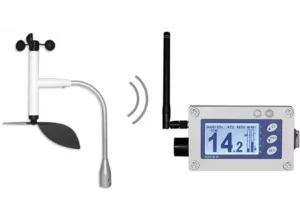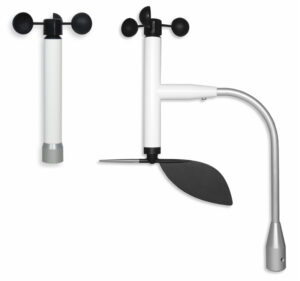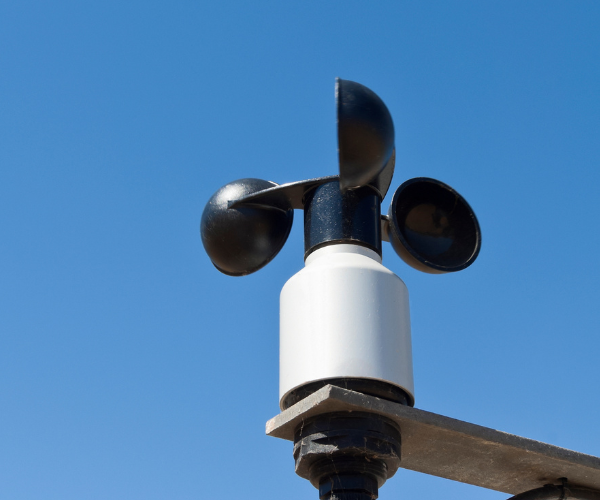The Role of Wireless Anemometers in Construction Safety
Wireless anemometers are transforming safety protocols on construction sites, especially in operations involving cranes and lifts. These devices provide real-time data on wind conditions, crucial for ensuring the safe handling and operation of heavy machinery.
Understanding Wireless Anemometers
Wireless anemometers measure wind speed and direction using advanced sensors, transmitting data via radio frequencies or Bluetooth. This allows operators to monitor conditions in real-time from a safe distance, eliminating the need for physical connections.

Components and Functionality
A typical wireless anemometer includes:
- Wind Speed Sensors: Often designed as cup or vane types.
- Transmission Unit: Sends data to a receiving interface.
- Receiving Interface: Usually a smartphone or a dedicated monitor displaying real-time data.
These devices are durable and lightweight, designed to withstand challenging construction site conditions.
Critical Role of Wind Monitoring
Continuous wind monitoring is essential for several reasons:
- Understanding Wind Dynamics: Recognizing wind patterns at various elevations helps in planning and executing construction activities safely.
- Crane Operation Decisions: Operators rely on precise wind data to determine if conditions are safe for lifts, crucial for preventing accidents.
- Planning and Efficiency: Accurate wind data helps schedule operations for optimal conditions, improving efficiency and reducing downtime.
- Compliance and Safety: Adhering to safety regulations regarding wind speeds during crane operations is mandatory, with anemometers ensuring compliance.
- Emergency Preparedness: Real-time data enables quick responses to sudden weather changes, enhancing safety measures on-site.

Benefits of Wireless Anemometers in Construction
- Enhanced Decision Making: Immediate wind data facilitates quick adjustments to changing conditions.
- Accuracy and Reliability: Precise readings are essential for safe crane operations.
- Safety and Cost Savings: Improved safety leads to reduced accident risks and associated costs.
- Integration with Safety Protocols: Anemometers enhance existing safety measures, providing critical environmental data that complements physical safety barriers and procedures.
Practical Applications and Case Studies
In challenging construction projects, such as extending high structures close to sensitive areas like schools, wireless anemometers prove indispensable. They provide crucial data that guides decisions on lift days, ensuring operations proceed safely and efficiently, even under tight conditions.
Choosing the Right Model
Selecting the appropriate wireless anemometer is crucial. Factors to consider include the size of the construction site, typical weather conditions, and the specific needs of the project. The right device ensures effective monitoring and integration with the site’s safety protocols.
Conclusion
Wireless anemometers are indispensable tools in modern construction, significantly enhancing safety and operational efficiency. They provide vital wind data that ensures safe crane operations, helping prevent accidents and streamline project execution.
For those in the construction industry looking to improve safety and efficiency, exploring the range of wireless anemometers available from reputable suppliers is a wise step. These devices are key to modern safety practices on construction sites, making them a crucial investment for any project involving cranes and lifts.



